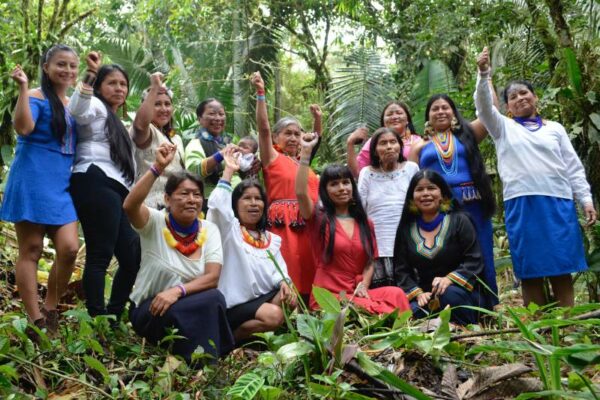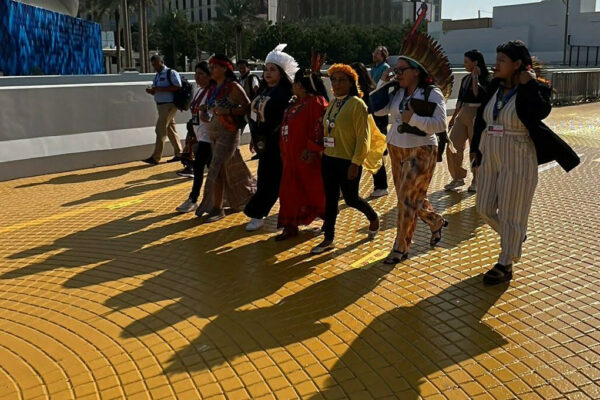Manaus, Brazil – During a speech at the World Sustainability Forum in Manaus over the weekend, former U.S. president Bill Clinton signaled he was against the construction of massive new hydroelectric dams in the Brazilian Amazon. While commending Brazil’s efforts to reduce deforestation and achieve economic prosperity, Clinton cited the controversy over proposed mega-dams as a “real problem” and called on Brazil to show leadership in finding alternative energy solutions.
“I say all this now because I know that the biggest controversy here now is over whether green power is always sustainable and always fair to the people who are around it because of the controversy over the dams in the rainforest and indigenous peoples who oppose it,” said Clinton.
“What’s the alternative? You need electricity and they want to preserve the forest. And 20 percent of the world’s oxygen comes from you. It is not easy, but you have to think about these things, about the future of their children and grandchildren.” He asked Brazil to think about the indigenous population, animals, and plant species that may have a cure for diseases.
“I am naturally sympathetic with indigenous peoples,” Clinton continued. “I think your role [in the world as a global leader] is emerging. I want you to lead the rest of the world into the 21st century on this energy [issue].”
Clinton met earlier in the day with Hollywood director James Cameron who also participated in the Global Sustainability Forum. The two reportedly discussed the alternatives to large hydroelectric dams in the Amazon. On the opening day of the conference, Cameron who had just returned from his third trip to the site of the proposed Belo Monte Dam on the Xingu River, shared the stage with former California governor Arnold Schwarzenegger and the California experience in terms of energy policy.
“The most important thing is to raise awareness in Brazil that Belo Monte is not a good solution for meeting the country’s energy needs—given its poor economic and the moral and ethical issues, to say nothing of its enormous toll on indigenous peoples and other inhabitants of the Xingu River. The Brazilian taxpayers could save billions by cancelling the dam and investing in truly renewable energy,” said Cameron at a press conference he held with indigenous leaders from the Xingu region and with energy and environmental experts.
Reflecting on Clinton’s speech, Atossa Soltani, Amazon Watch’s Executive Director who accompanied James Cameron on his trip to Brazil said: “President Clinton’s remarks will strengthen the voices from within Brazil who are pushing for greener alternatives such as wind and solar. Large dams in tropical rainforests are not green energy and when you factor in that less than 1.5 percent of Brazil’s energy matrix comes from wind and solar, Brazil has a long way to go to be a leader in sustainable energy.”
“Clinton’s appeal that Brazil lead the world into a clean energy future was compelling and timely, strengthening our attempts to influence the government,” said Antonia Melo, leader of the Xingu Alive Forever movement. “It is a major challenge for the people of the Amazon to convince the government to invest in clean and sustainable alternatives like wind and solar. We hope that President Dilma will see the opportunity for leadership here and rethink her current energy plan where some 70 large dams are planned for the Amazon over the next two decades.”
The risky $17 billion Belo Monte Dam would be the world’s third largest dam and would divert nearly the entire flow of the Xingu River along a 62-mile stretch. Its reservoirs would flood more than 120,000 acres of rainforest and local settlements, displace between 20,000 and 40,000 people and generate vast quantities of methane—a greenhouse gas at least 25 times more potent than CO2. A partial installation license was issued for the dam project in late January despite the dam building consortium’s failure to meet dozens of environmental and social pre-conditions.













